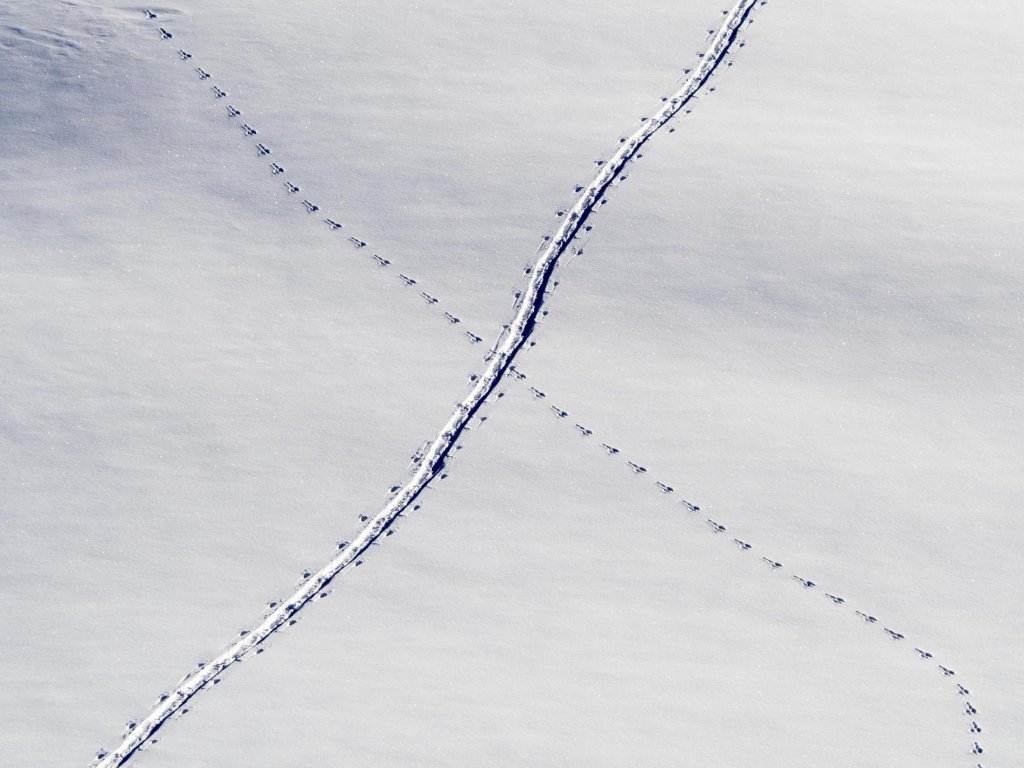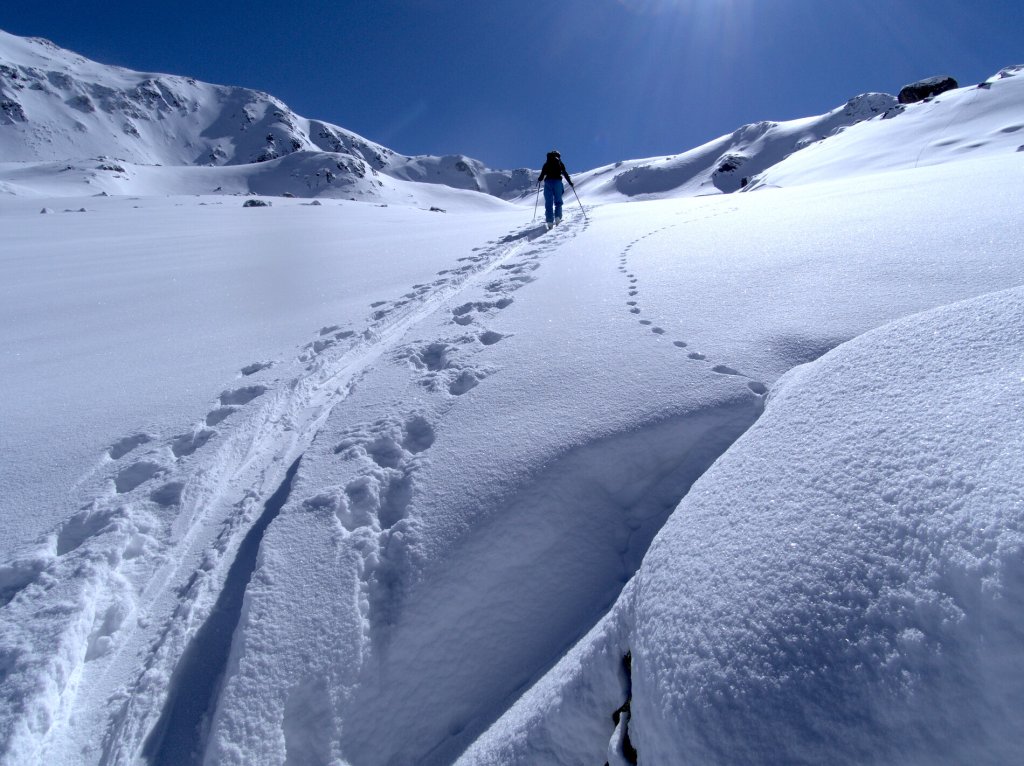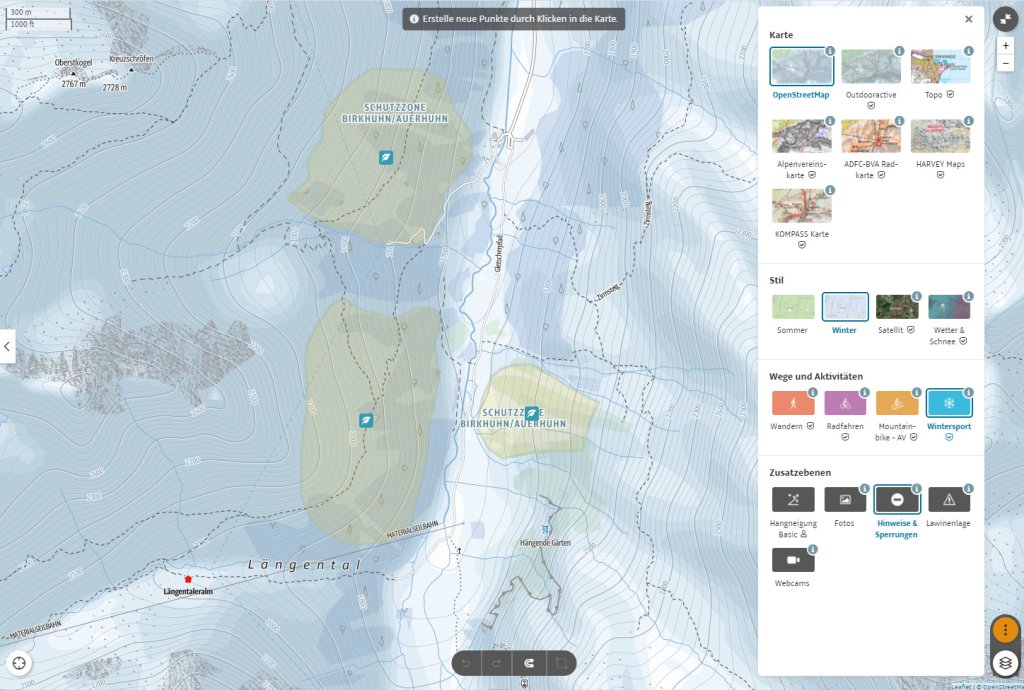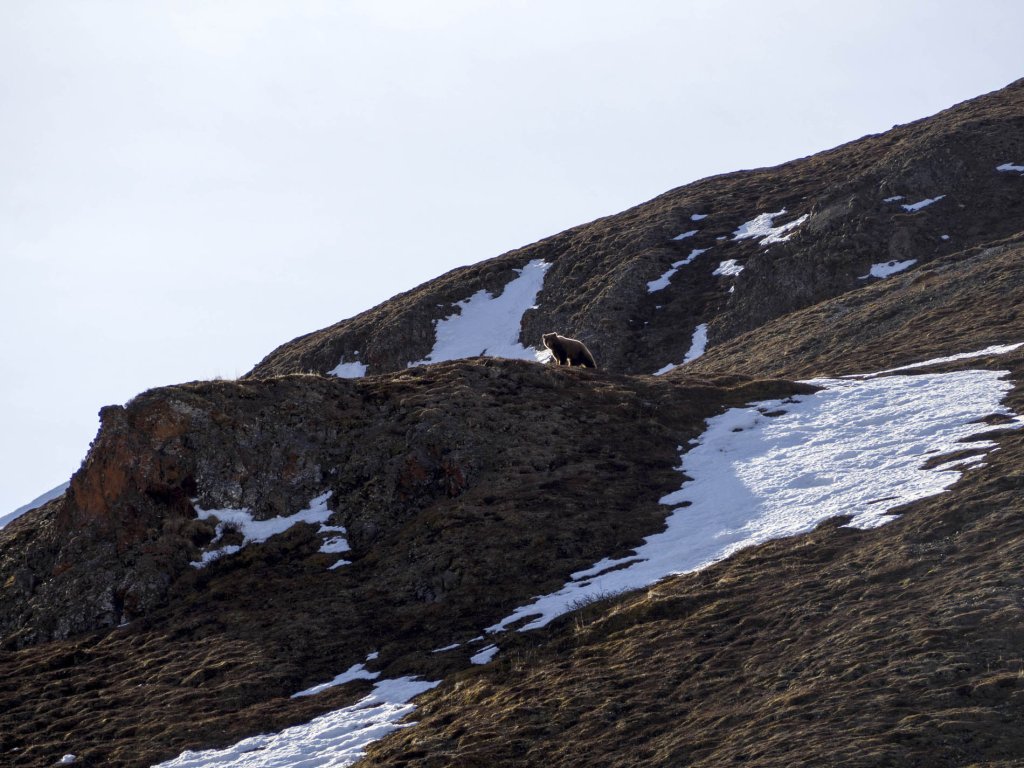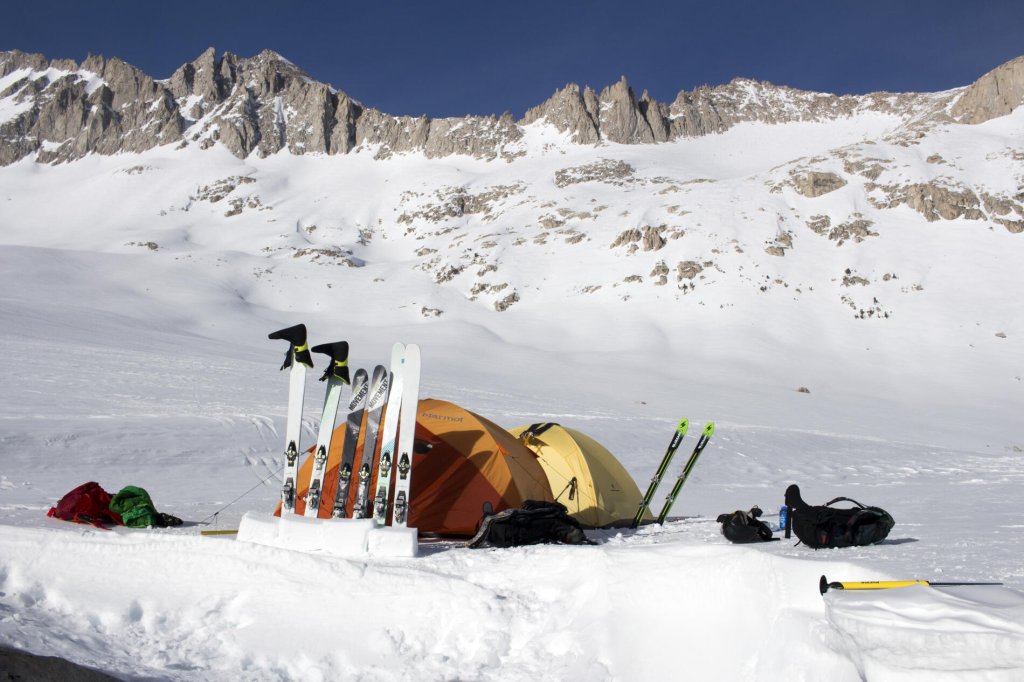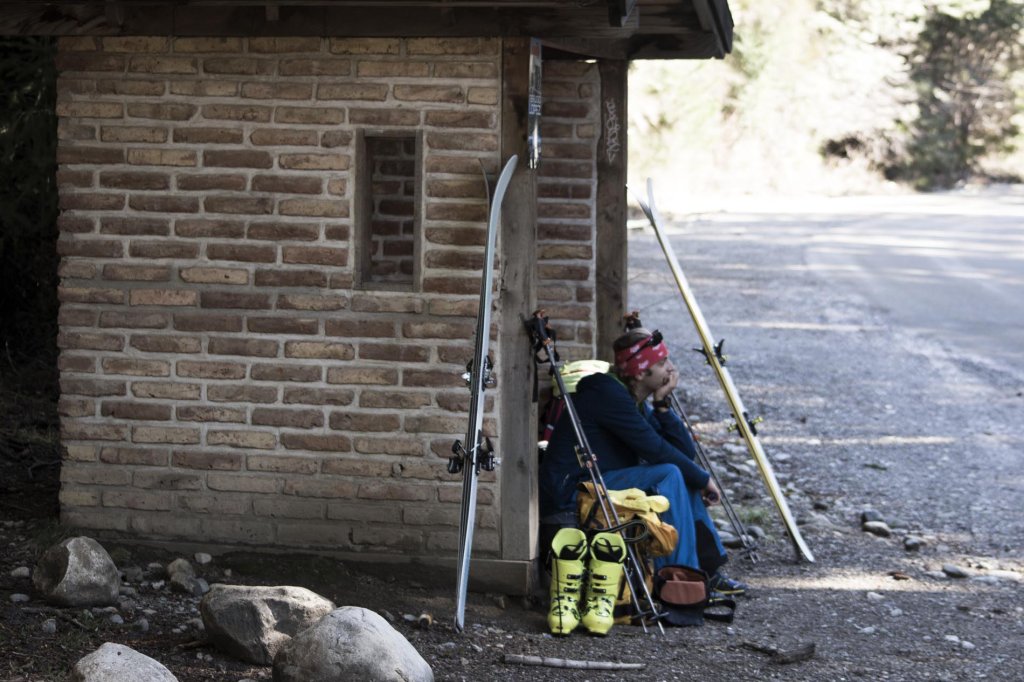One thing is clear: we can choose where we move. And we move in the habitat of wild animals. They are at home there. We are not. We sleep and eat somewhere else. So just activate your common sense, think like a welcome guest and keep the following in mind:
Dusk and dawn are critical times for many wild animal species to feed. So don't be out and about during this time.
Just because the headlamps are now shining so brightly doesn't mean it makes sense to be out and about at night. The shadows cast by the cone of light (e.g. in the forest) irritate wild animals and drive them to flee.
Any irritation and flight leads to exertion and thus to high calorie consumption. The line between being OK and perishing is very narrow for wild animals in winter. Over a long evolutionary period, they have developed precise, specialized survival strategies. The split board has only recently become part of evolutionary history.
An "awww, that's unpleasant" in the face of a fleeing animal is unfortunately of no use to it.
When planning a tour, it is therefore important to pay attention to wildlife rest areas, research whether there are local signs and choose sensible times! We can choose, the wild animals can't.
